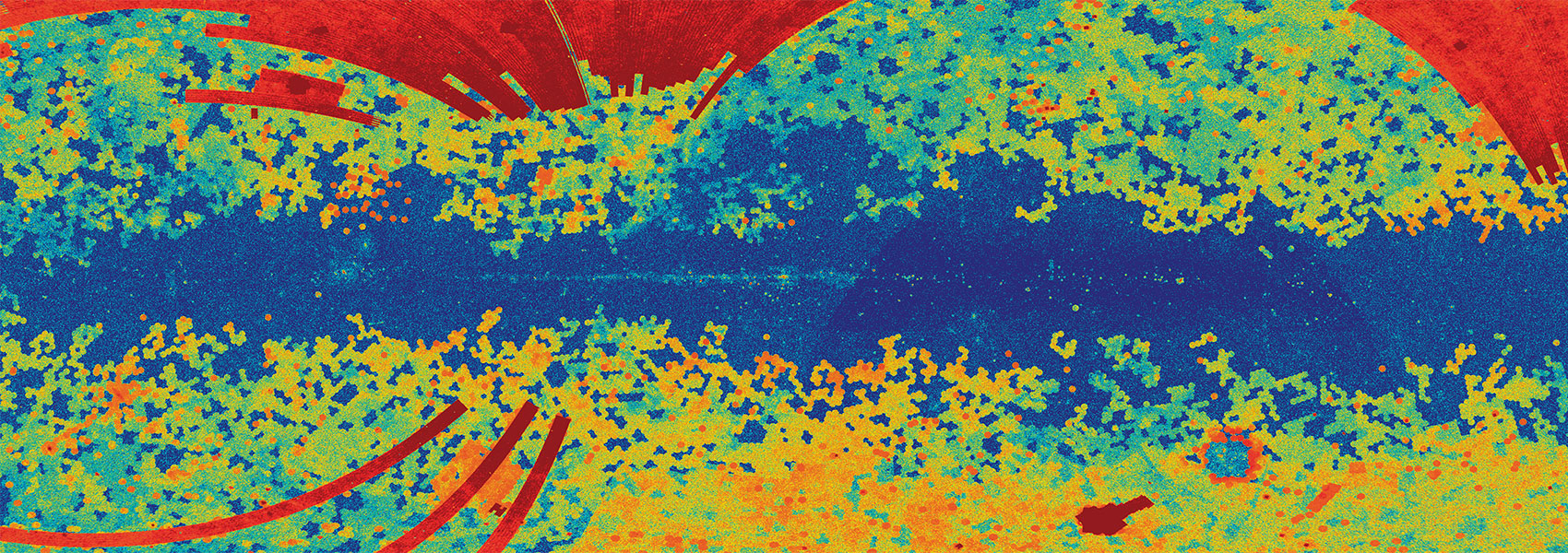December
2005
•
2005ApJ...635.1022C
Authors
•
Chary, R.
•
Dickinson, M. E.
•
Teplitz, H. I.
•
Pope, A.
•
Ravindranath, S.
Abstract
•
We present Spitzer MIPS 24 μm observations of 50 supernova host galaxies at 0.1<z<1.7 in the Great Observatories Origins Deep Survey (GOODS) fields. We also discuss the detection of SN host galaxies in SCUBA/850 μm observations of GOODS-N and Spitzer Infrared Spectrograph (IRS) 16 μm observations of GOODS-S. About 60% of the host galaxies of both Type Ia and core-collapse supernovae are detected at 24 μm, a detection rate that is a factor of 1.5 higher than the field galaxy population. Among the 24 μm detected hosts, 80% have far-infrared luminosities that are comparable to or greater than the optical luminosity, indicating the presence of substantial amounts of dust in the hosts. The median bolometric luminosity of the Type Ia SN hosts is ~1010.5 Lsolar, very similar to that of core-collapse SN hosts. Using the high-resolution HST ACS data, we have studied the variation of rest-frame optical/ultraviolet colors within the 24 μm detected galaxies at z<1 to understand the origin of the dust emission. The 24 μm detected galaxies have average colors that are redder by ~0.1 mag than the 24 μm undetected hosts, while the latter show greater scatter in internal colors. This suggests that a smooth distribution of dust is responsible for the observed mid- and far-infrared emission. Of the supernovae that have been detected in the GOODS fields, 70% are located within the half-light radius of the hosts, where dust obscuration effects are significant. Although the dust emission that we detect cannot be translated into a line-of-sight AV, we suggest that the factor of 2-3 larger scatter in the peak B-V colors that is seen in the high-z Type Ia supernova sample relative to the low-z supernovae might be partially due to the dust that we detect in the hosts.
Links




